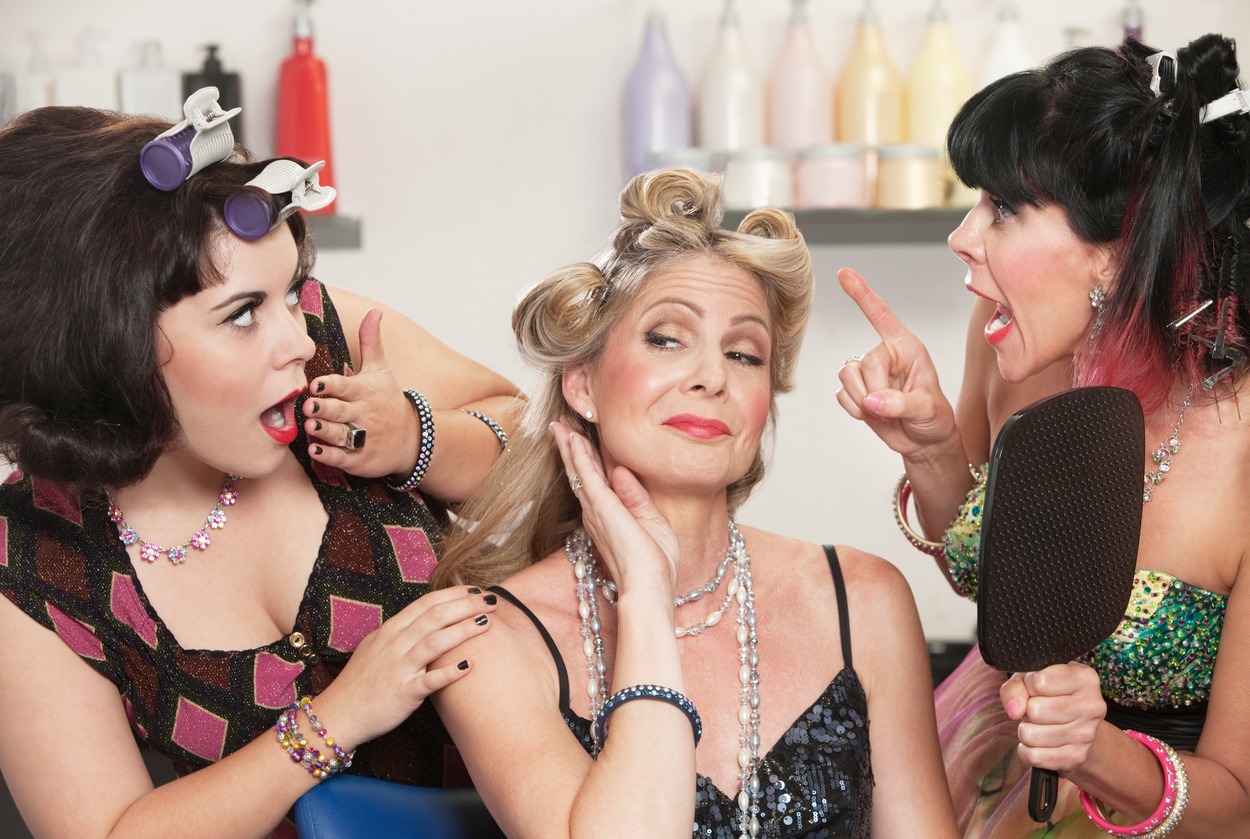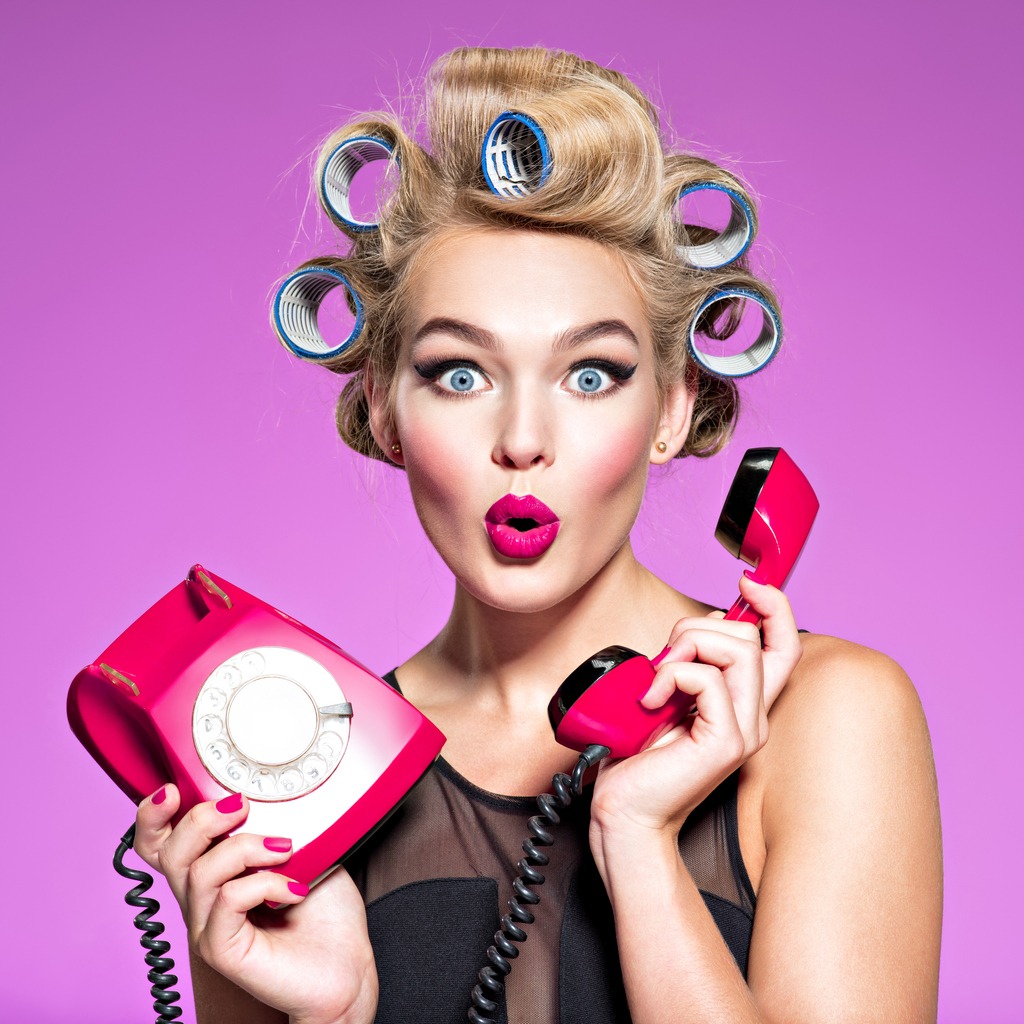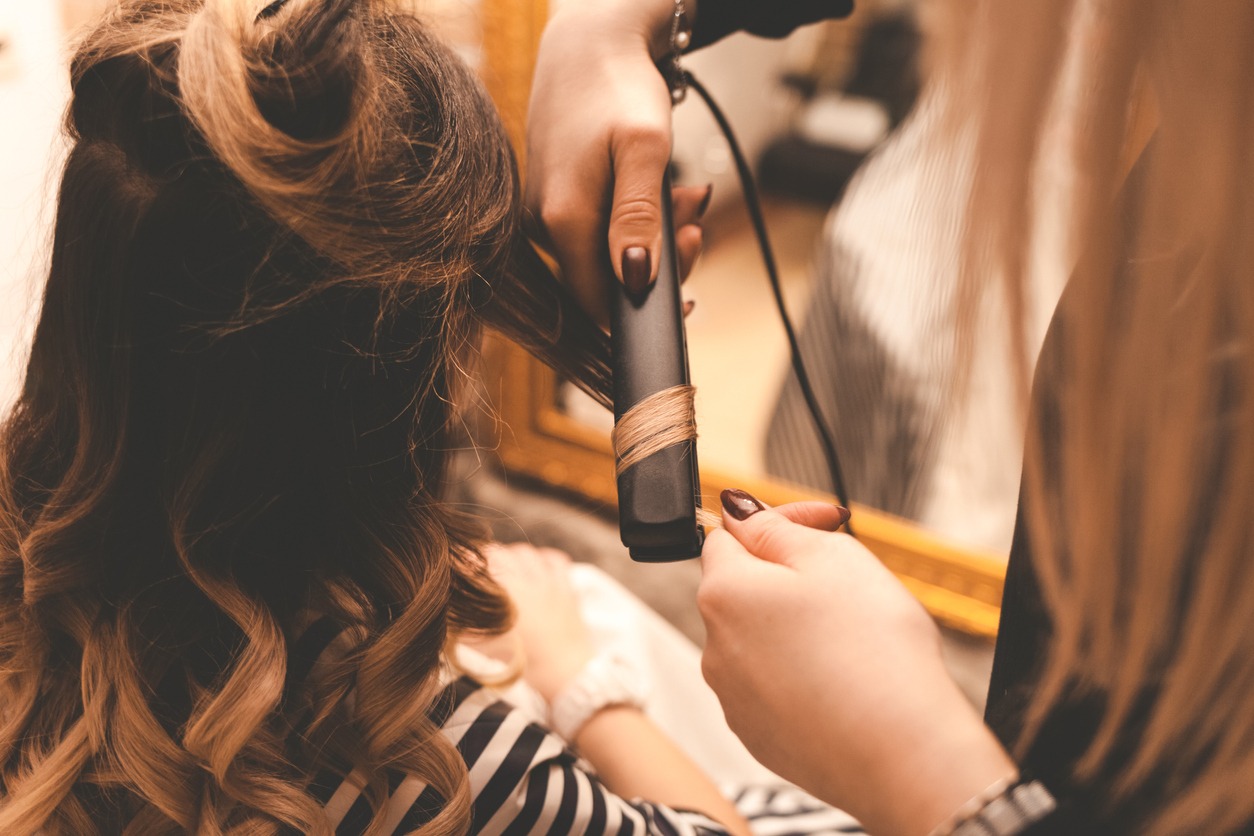Due of the versatility they offer, hair curlers are popular appliances. Using this tool, you may create a variety of looks. In addition, you can use it to give volume to your hair. Due to these benefits, ladies have utilized this styling technique since antiquity.
The range of styles that may be created with hair rollers explains their continued popularity in both salons and at home. You may use hair rollers to create a range of styles, from adding volume to the roots to generating a full head of tight coils.
Given that hair rollers are suitable for all hair types and less damaging to your locks than using a curling iron, it is not surprising that so many varieties have been brought to the market over the years. From metal to plastic, foam to Velcro, large to small, hot to cold, there is a roller style to achieve virtually any appearance.
When were hair rollers first introduced?
Methods for creating attractive curls by rolling the hair date back to 1500 BCE. Ancient Egyptians would wrap their hair around wooden rods and use the intense heat of the desert sun to style their hairstyles.
In 500 B.C., the Ancient Greeks employed hollow iron tubes resembling reeds as rollers after heating them in hot wood-ash.
In the 17th century, hair rollers saw significant modification. Large, wavy hair was a sign of prestige and money during the Renaissance period; the larger the hair, the higher up the social food chain the individual was. Many members of the nobility used pre-curled wigs to achieve lavish looks (see Marie Antoinette). The hair on the wigs was wound around clay or wooden rollers known as bilboquets, which were boiled or heated in the oven beforehand.
In the 19th century, rollers began to take on their modern appearance. Metal, typically lead, was covered with fabric and leather in an attempt to promote comfort. The hair was then wrapped over them and left to set overnight. They were easily removed in the morning, revealing lovely, ready-to-style curls.
Initial Curling Iron
The tongs, made of heavy iron and heated over a gas burner, could initially be handled only by qualified specialists. The interior surfaces of the tongs were rounded, and when pressed into Marcels’ hair, they created his unique style. Long before Marcel and Hiram came into play, early Babylonian, Assyrian, Persian, Greek, and Egyptian cultures used curling tongs to create elegant and intricate hairstyles. Typically, only the nobility had access to these instruments. Curls were used to demonstrate wealth and prestige. As you may have guessed, the original curling iron looked nothing like it does now. Instead of a barrel, the earliest curling irons included tongs. They somewhat resemble gardening shears; wouldn’t you say?
Gas burners were used to heat the tongs prior to the invention of electricity, while this item was still in use. Indeed, it was awful for the hair. Indeed, it led to numerous accidents. The remedy was the electric curling iron, which will be discussed in a moment.
Velcro Rollers
Little is known regarding the actual date of the invention of the Velcro roller. However, the initial patent for Velcro was issued in 1955 owing to Swiss engineer George de Mestral. Under a microscope, these microscopic burdock seeds were wrapped in a multitude of hooks that allowed them to cling to the natural loops surrounding fabric, fur, and hair. He finally trademarked his hook and loop design under the name Velcro after years of trial and error.
Thermically-Heated Hair Rollers
In 1969, the still-popular company Clairol10 acquired Carmen’s distinctive version of the heated roller, which had first gained prominence in 1965. Despite their tremendous popularity, they promised salon-quality curls in only 10 minutes. Although it is frequently requested by name, this classic styling tool is no longer available for purchase.
Foam Roller
With the popularity of perms in the 1980s came the popularity of foam hair rollers. The Flexi-rod foam roller (also known as a hair twirler) has become a popular no-heat style option over the past decade, as this trend made a reappearance. The foam exterior is supported by an interior wire that enables the roller to be shaped and held securely in place. Flexi-rod foam hair curlers may give you gorgeous air-dried curls even without the use of ammonia.
Steam Rollers for Hair
The use of steam to create attractive curls dates back to the early 20th century, and in 1923 William and Hugh Macdonald patented the steam-powered hair waving machine. By using a steam generator to generate both heat and moisture, the user of the electric wave machine may style their hair at safer temperatures than with prior models. The use of steam to fix curls began to gain favor during the 1970s and 1980s as an alternative way for achieving the massive, long-lasting curls that were sweeping the globe. Samuel J. Popeil devised a steam chest device in 1969 that could heat specifically constructed rollers to the optimal moisture and temperature to achieve the desired look16.
Richard Caruso introduced his foam and plastic rollers developed to improve steam setting17 in 1984. The brand Caruso is still widely recognized in the modern hair curling industry. The porous foam used allows steam to flow through the perforated plastic casing and into the hair wrapped around it.
Heatless Hair Rollers
The simple hair roller has reached new heights in both thermal and no-heat styling in the previous few decades. The designs and materials used to produce hair rollers have undergone continuous evolution and improvement over the years. There is certain to be a hair roller on the market that may fulfill your styling requirements. And because new styles are continually being created today, it is interesting to speculate what the future of hair rollers holds.
The evolution of hair rollers has made curling hair and adding volume easier than ever before, whether you use heat or not.
The range of hair roller forms, styles, sizes, and materials is now so extensive that they can accommodate any popular hairstyle for your hair type.



